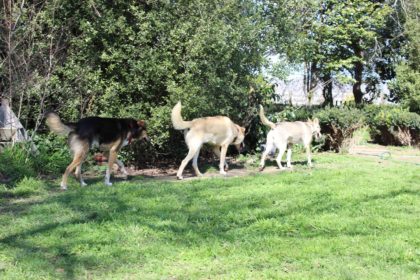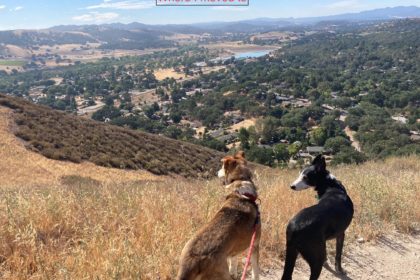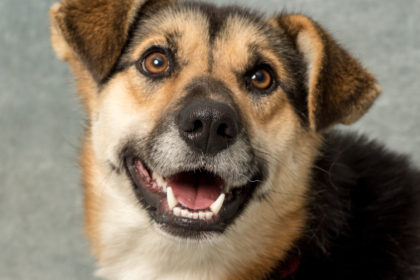Having been peripherally involved with the sport of dog sled racing for a number of years due to Aliy’s participation, and having a technical leaning, I have found the design and evolution of racing dog sleds very interesting.
Both the sled that Aliy will start on in Iditarod 35, 2007, and the second sled that she has had sent down the trail were made by Armstrong. Alan’s starting sled and his second sled were made by Prairie Built. Perhaps not all of us understand exactly what that means. In fact, many people wouldn’t have a clue as to what those two descriptions mean, much less the individual characteristics of each and the reasons for the differences in design. Hopefully a short discussion of this subject might give us a little better understanding of this subject, and the complexities and compromises that must be made in the design, construction and use of a racing dog sled.
A good start in discussing sled design is to identify the functions that it should perform. These include the following.
• Carrying items for dog care: food, medicine, equipment, dogs, etc.
• Carrying tired or injured dogs.
• Providing a platform for the driver to direct the team.
• Carrying items for the driver’s care and safety: food, medicine, clothing, equipment, etc.
• Carrying mandatory race items.
• Providing a platform for the driver to assist team.
There are a number of other things to consider in sled design in addition to its desired functions. We want the sled to be able to carry its load for a long period, over rough terrain and in inhospitable weather conditions. A sled’s design should minimize the potential for injury to the dogs pulling it. The same is true for the person driving it. The sled should have good directional stability but should also be easily turned. All of this should be done with a minimum of adverse affect on the dogs’ speed or the amount of effort that they must expend.
Originally sleds were large, wooden and heavy. They were sometimes equipped with Gee-poles because they were difficult to turn. If they carried a driver, he or she sat on top of the cargo. Sled design has slowly evolved over the years. Sleds are now much lighter and carry the driver. However, due to the market size, little effort has been made to “engineer” a top performing dog sled. We will discuss some specific areas of sled design in future messages.
Z








